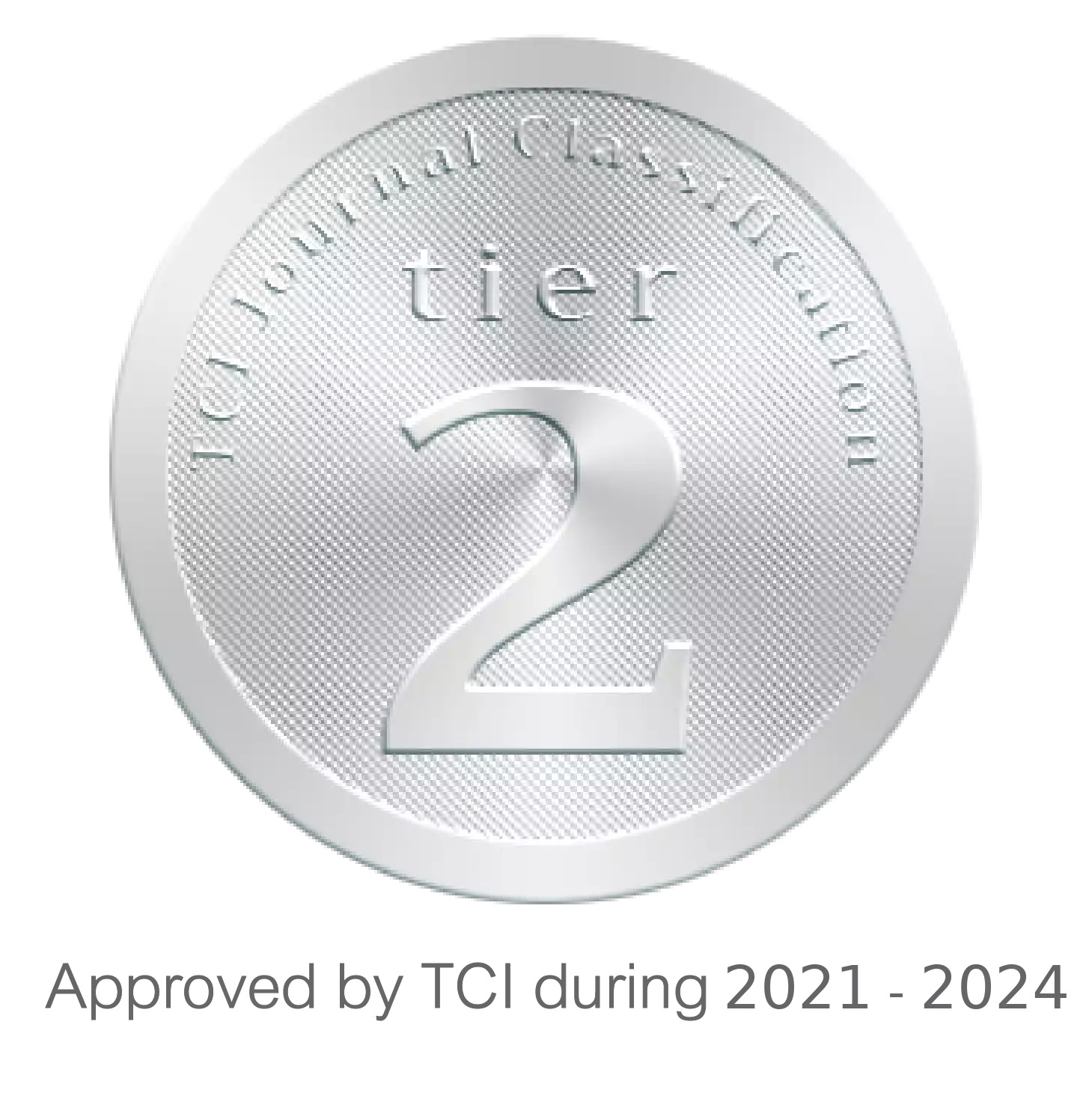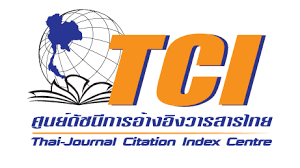กลยุทธ์การพัฒนาองค์การและการอยู่รอดขององค์การ: หลักฐานเชิงประจักษ์จากสหกรณ์ยางพาราในประเทศไทย
Organizational development strategy and organizational survival: Evidence from para rubber cooperatives in Thailand
Keywords:
สหกรณ์ยางพารา;การพัฒนาองค์การ;กลยุทธ์การพัฒนา;การเรียนรู้อย่างเป็นพลวัต;การใช้ความรู้ภายในองค์การ;การปรับปรุงการทำงานอย่างต่อเนื่อง;ความพึงพอใจของลูกค้า;การอยู่รอดขององค์การ, Para rubber cooperatives;Organizational development;Strategy;Dynamic learning capability;Intensive knowledge base operation;Continuous process improvement;Customer satisfaction;Organizational survivalAbstract
การวิจัยครั้งนี้มีวัตถุประสงค์ 1) เพื่อทดสอบกลยุทธ์การพัฒนาองค์การ (การเรียนรู้อย่างเป็นพลวัต การใช้ความรู้ภายในองค์การอย่างเข้มข้น และการปรับปรุงการทำงานอย่างต่อเนื่อง) ของสหกรณ์ยางพาราที่ส่งผลต่อความพึงพอใจของลูกค้า 2) เพื่อทดสอบความพึงพอใจของลูกค้าสหกรณ์ยางพาราที่ส่งผลต่อการอยู่รอดขององค์การ 3) เพื่อทดสอบกลยุทธ์การพัฒนาองคืการของสหกรณ์ยางพาราที่ส่งผลต่อการอยู่รอดขององค์การ ประชากร คือ สหกรณ์ยางพาราขนาดใหญ่ที่มีทุนเรือนหุ้นเกินกว่า 145,000 บาท และจดทะเบียนจัดตั้งเป็นสหกรณ์เกินกว่า 3 ปี ซึ่งมีจำนวนประชากรกลุ่มเป้าหมายทั้งสิ้น 373 แห่ง สถิติที่ใช้วิเคราะห์ข้อมูล ได้แก่ ค่าความถี่ ร้อยละ ค่าเฉลี่ย ส่วนเบี่ยงเบนมาตรฐาน ค่าสหสัมพันธ์ของเพียร์สัน และการถดถอยพหุคูณผลการวิจัย พบว่า การเรียนรู้อย่างเป็นพลวัตและการปรับปรุงการทำงานอย่างต่อเนื่องของสหกรณ์ยางพารามีความสัมพันธ์เชิงบวกกับความพึงพอใจของลูกค้า ความพึงพอใจของลูกค้าสหกรณ์ยางพารามีความสัมพันธ์เชิงบวกกับการอยู่รอดขององค์การ การเรียนรู้อย่างเป็นพลวัต การใช้ความรู้ภายในองค์การอย่างเข้มข้น และการปรับปรุงการทำงานอย่างต่อเนื่องของสหกรณ์ยางพารามีความสัมพันธ์เชิงบวกกับการอยู่รอดขององค์การ ส่วนการใช้ความรู้ภายในองค์การอย่างเข้มข้นของสหกรณ์ยางพาราไม่มีความสัมพันธ์เชิงบวกกับความพึงพอใจของลูกค้า
The purposes of this quantitative research were 1) to test the effects of organizational development strategy (dynamic learning capability, intensive knowledge base operation, and continuous process improvement) of para rubber cooperatives on their customer satisfaction, 2) to test the effects of customer satisfaction toward the organizational survival, and 3) to test the effects of organizational development strategy toward the organizational survival. The populations were 373 para rubber cooperatives with registered capital stocks of 145,000 Baht, and more than three years of being officially registered as cooperatives. The statistical tools used for data collection included frequency, percentage, mean, standard deviation, Pearson Correlation, and multiple regression analysis. The results were that the para rubber cooperatives dynamic learning capability and the cooperatives continuous process improvement had a positive relationship with their customer satisfaction; the cooperatives customer satisfaction was positively related with the organizational survival: the cooperatives' dynamic learning capability, the cooperatives' intensive knowledge base operation and the cooperatives' continuous process improvement were positively related with the organizational survival. As for the intensive knowledge base operation, it was found that there was no positive relationship between the cooperatives' intensive knowledge base operation and customer satisfaction.









